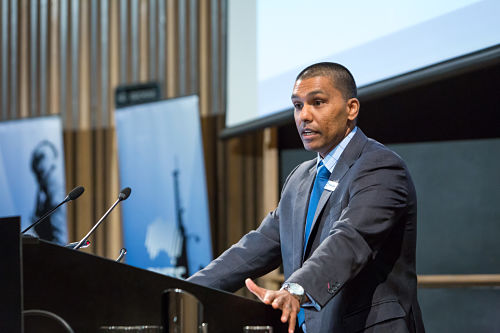Managing risk & making better decisions in tech development ecosystems
“Walk before you run” – A better approach to program design
An enhanced approach to program development in DMTC is resulting in smarter engagement with prospective industry and research partners, faster transition from development to implementation and more strategic deployment of resources.
The more rigorous approach, outlined at DMTC’s annual conference in March, was successfully implemented in a project recently completed within DMTC’s Maritime Program.
Research partner Swinburne University joined forces with Adelaide-based industry partner AirSpeed to conduct a scoping review on the effect of impact resistance on the durability of composite structures in the marine environment.
The project team scrutinised existing academic literature along with existing technical solutions, and went on to benchmark current Australian industry capability and identify prospective industry and research partners that could be involved in follow-on projects.
DMTC’s Maritime Program Leader, Associate Professor Stephen van Duin, is upbeat about the results.
“Defence projects are often described as a long game, but it’s also true that the early phases of a program or project are often the most critical to long-term success,” he said.
“In this case, we’ve spent five or six months making sure we have a really good understanding of the technical risks and opportunities, which will help us as we move forward.”

Defence Materials Technology Centre (DMTC) Annual Conference
As DMTC’s Lead Program Manager Deepak Ganga explains, scoping and de-risking activities, like this one with Swinburne and AirSpeed, are all about helping the DMTC Management Team and Board to make better decisions.
“There will be times when these early investigations lead us to decide not to pursue new projects. That’s actually a successful outcome in terms of avoiding wasted effort or mis-directed investments,” Deepak says.
“Particularly in areas where the technical risk is higher, we can use a relatively quick project task to better understand the technical issues and to prove our assumption before making a more significant investment.
“In this case it’s about answering questions like ‘What is the current state of the development of marine composites? What technical improvements can be made and what are the risks involved with moving along the TRL path? What would a new project, or suite of projects, look like?’.”
“All of this knowledge helps us to make higher-confidence estimates about development of the technology and about hitting the milestones we set for capability, cost and time.”